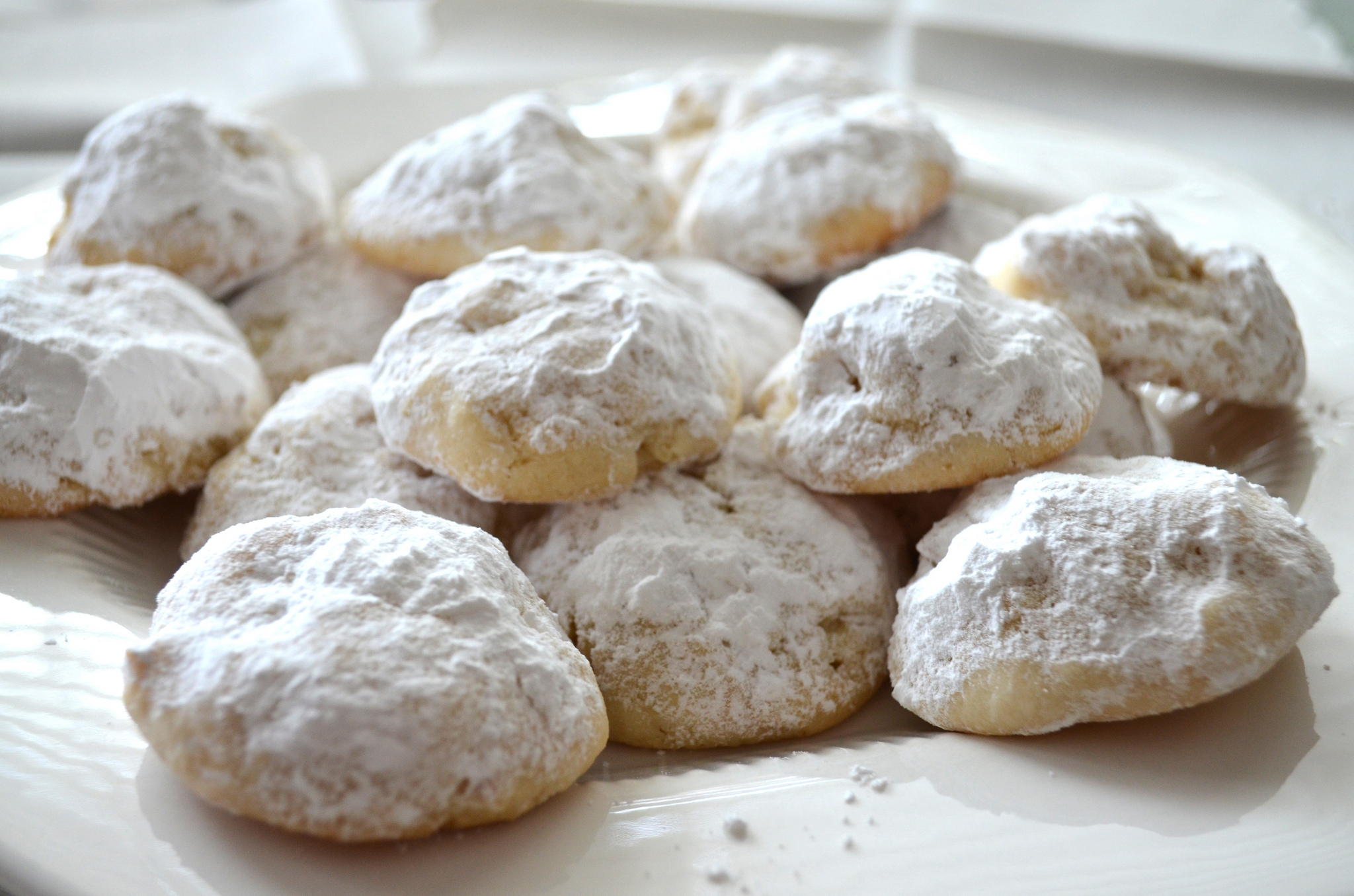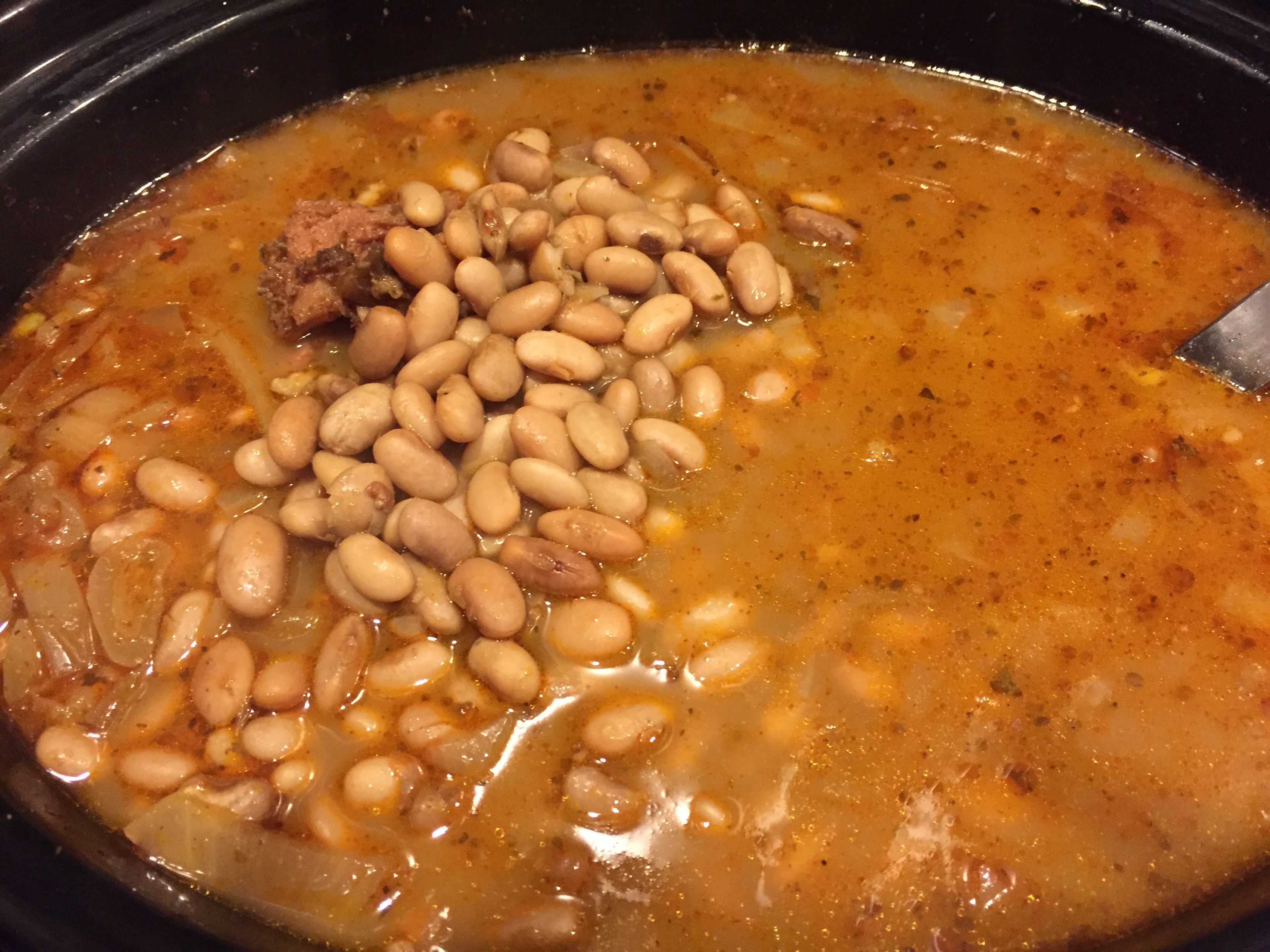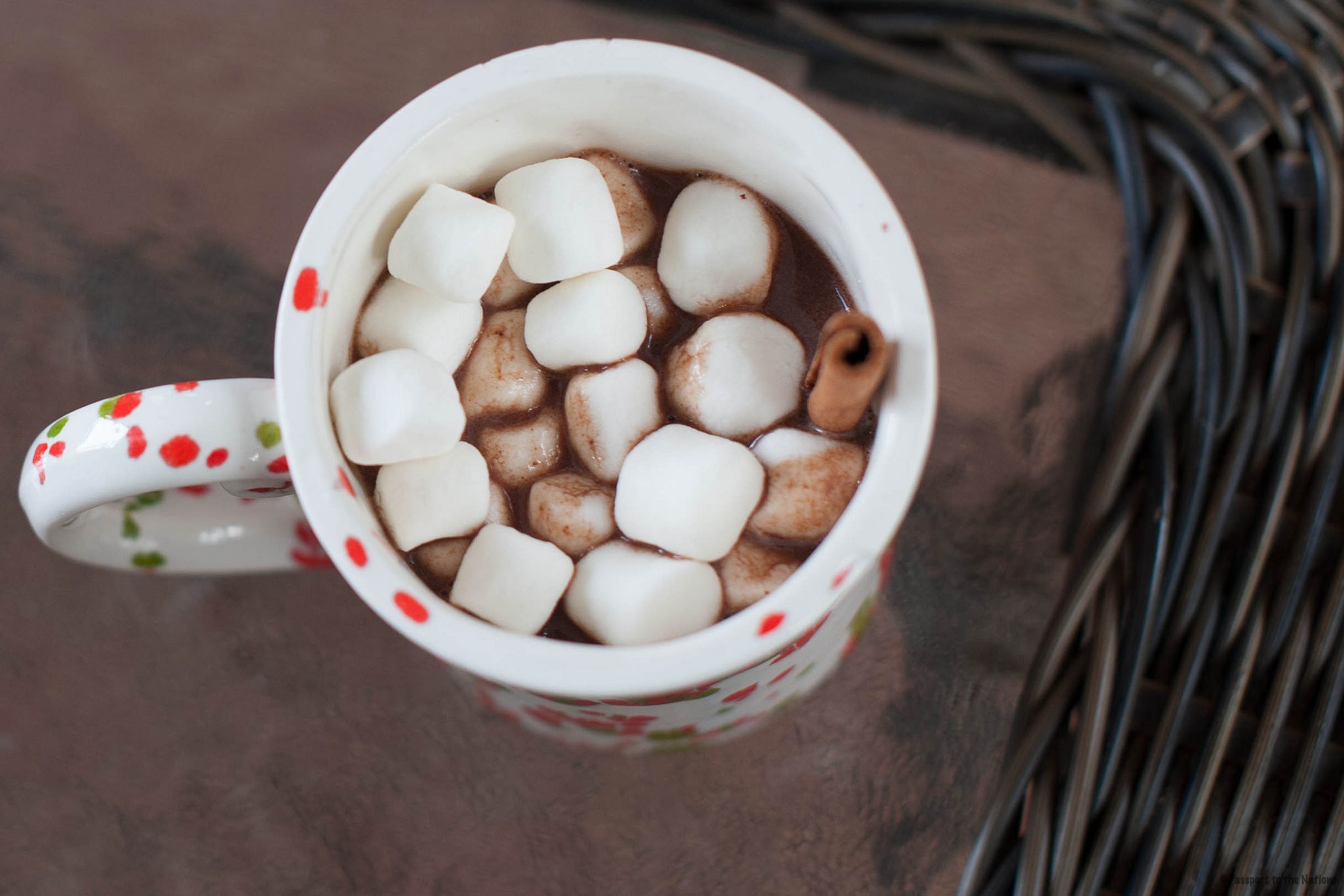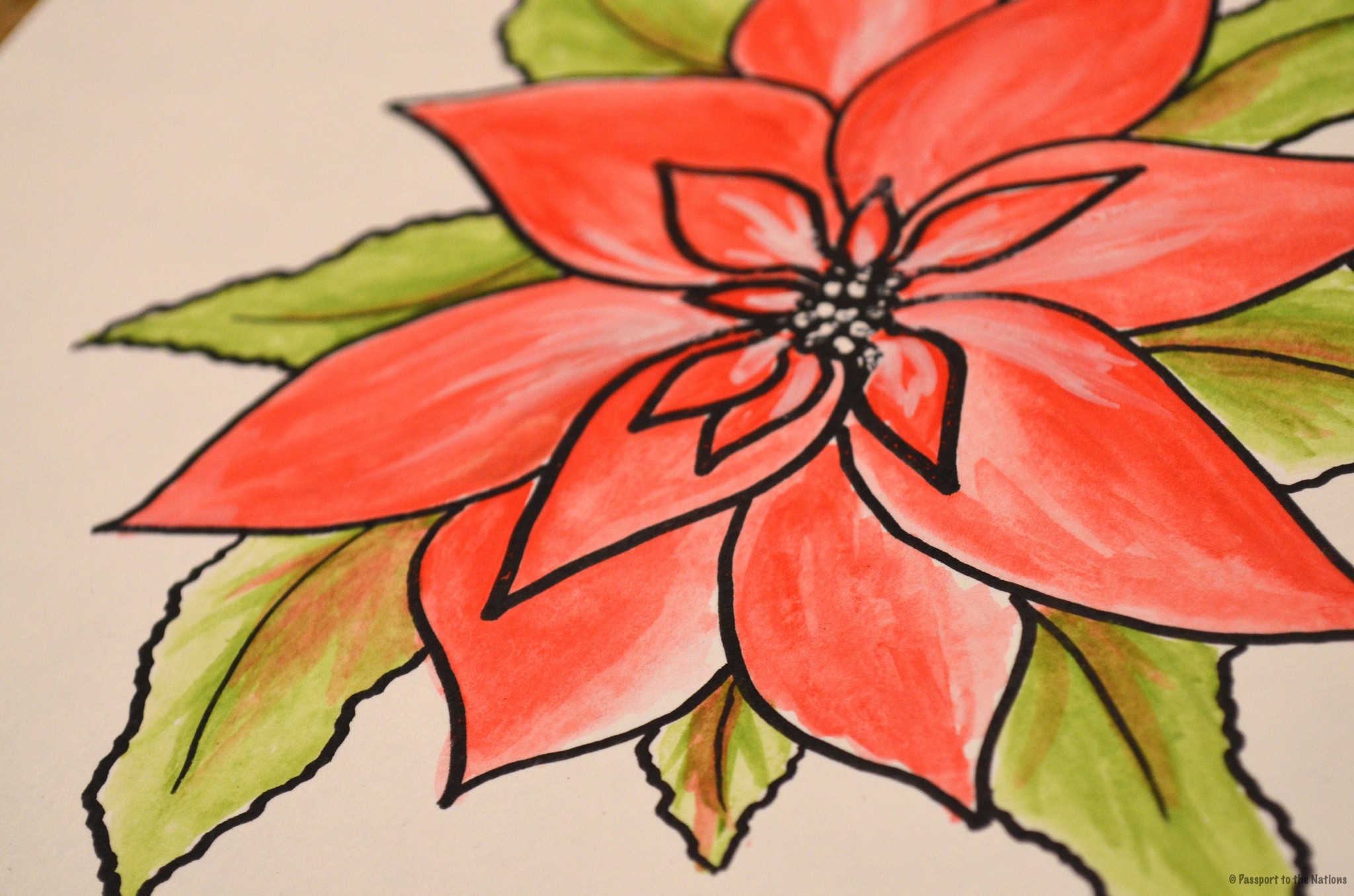by Passport to the Nations | Jan 15, 2016 | God is Ruler, Passport to Latin America
Introduce students to the Garifuna people of Central America. The book, Window on the World, can be used to aid in this process as it includes other unreached people groups as well. Also, use the map of Latin America to track the unreached people and countries of...

by Passport to the Nations | Jan 5, 2016 | God is Provider, Passport to Latin America
Mexican Wedding Cookies, also known as biscochitos and polvorónes, are a traditional Mexican dessert that are often eaten at weddings and around Christmastime. A version of this cookie can be found in nearly every culture (Russian tea cakes, Italian wedding cookies,...

by Passport to the Nations | Jan 5, 2016 | God is Provider, Passport to Latin America
One of the most basic, yet most essential staples of the Latin American diet is the pinto bean! Why? Because pinto beans have two very important qualities: they are very nutritious, and they are very economical. This relative low cost of this food item makes them very...

by Passport to the Nations | Dec 10, 2015 | God is Creator, Passport to Latin America
He was pierced for our transgressions. Isaiah 53:5 How do people in Latin America decorate for a special occasion? One fun and affordable way to decorate for a holiday or a party is to use Papel Picado. What is Papel Picado? Its name literally means “pierced...

by Passport to the Nations | Dec 10, 2015 | God is Provider, Passport to Latin America
This is definitely NOT your typical hot chocolate. And if you’re a dark chocolate fan you will LOVE this classic winter drink. And the Mexican twist is compliments of a very unexpected ingredient …cayenne pepper! It gives this drink just a hint of heat...

by Passport to the Nations | Dec 1, 2015 | God is Creator, Passport to Latin America
The poinsettia is a plant that is often sold and displayed around Christmas time. Do you know why? History of the Poinsettia: The poinsettia, a Mexican wildflower, originates from Mexico and Central America. The Aztecs, who used the plant to control fevers and to...






